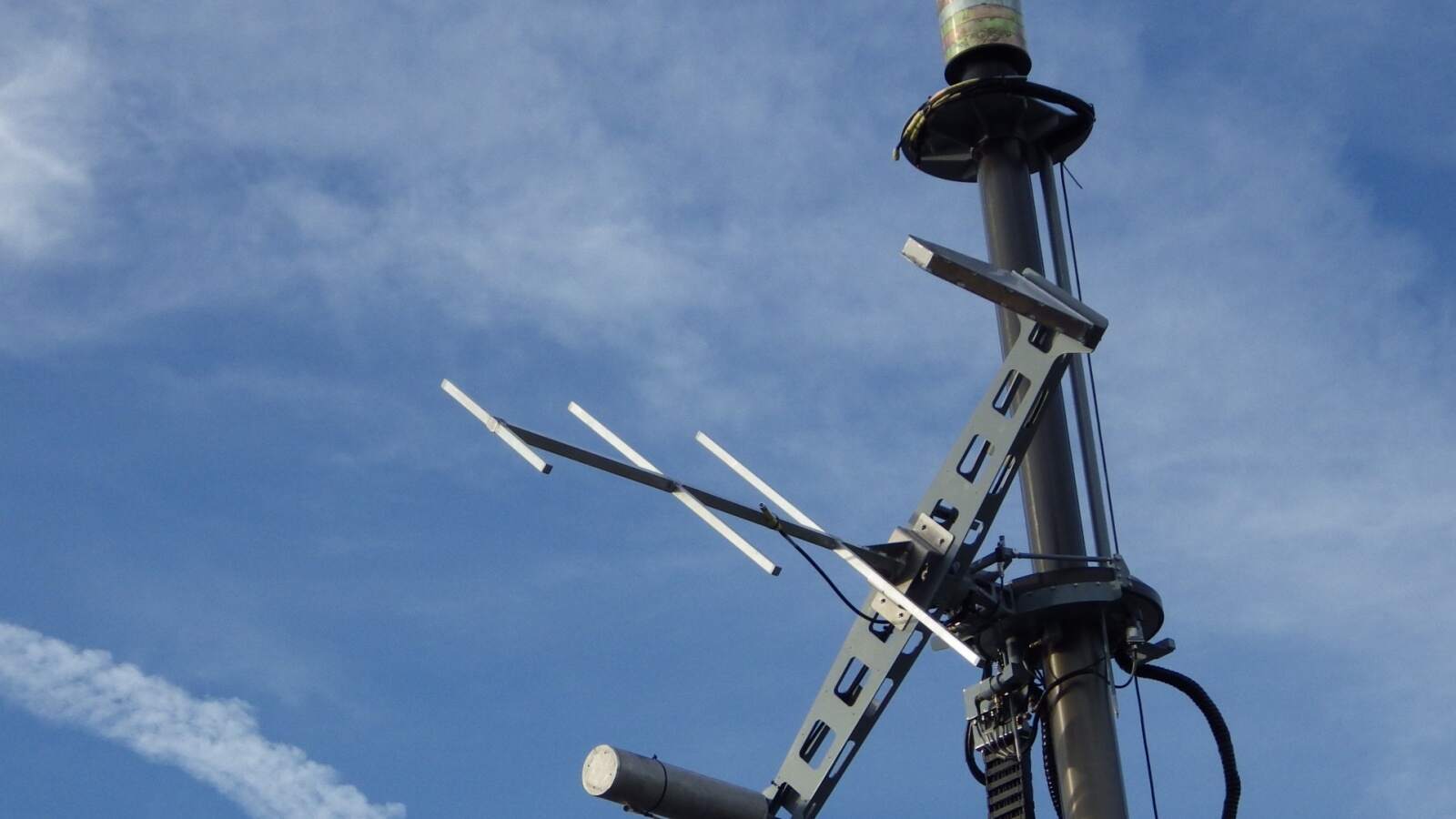Autonomous Portable Masts: Advancements in Battery and Solar Technology
June 16,2023
Portable masts are an essential tool for a variety of industries, including telecommunications, broadcasting, and military operations. However, traditional portable masts require an external power source or manual intervention to operate, making them less efficient and more costly. Advancements in battery and solar technology are changing this, making it possible for portable masts to operate autonomously in remote locations without the need for any external power source or manual intervention. In this article, we will explore the advancements in battery and solar technology that are making autonomous portable masts a reality.

Advancements in Battery Technology
One of the key advancements in battery technology that is making autonomous portable masts possible is the development of lithium-ion batteries. Lithium-ion batteries are lightweight, compact, and have a high energy density, making them ideal for use in portable masts. Additionally, lithium-ion batteries have a longer lifespan than traditional batteries, reducing the need for frequent replacements.
Another advancement in battery technology that is making autonomous portable masts possible is the development of battery management systems. These systems monitor the battery’s performance and ensure that it is operating at optimal levels. They also provide real-time data on the battery’s status, allowing operators to make informed decisions about when to recharge or replace the battery.
Advancements in Solar Technology
Solar technology is another key advancement that is making autonomous portable masts possible. Solar panels can be used to convert sunlight into energy, which can then be stored in a battery for later use. This eliminates the need for an external power source and allows portable masts to operate autonomously in remote locations.
One of the key advancements in solar technology that is making autonomous portable masts possible is the development of flexible solar panels. These panels are lightweight and can be easily integrated into the design of portable masts. Additionally, flexible solar panels are more durable than traditional solar panels, making them ideal for use in harsh environments.
Benefits of Autonomous Portable Masts
The use of autonomous portable masts has many benefits, including:
Increased Efficiency: Autonomous portable masts can operate without the need for an external power source or manual intervention, making them more efficient and cost-effective.
Improved Reliability: Autonomous portable masts are less likely to experience downtime due to power outages or other issues, improving their reliability.
Greater Flexibility: Autonomous portable masts can be deployed in remote locations where traditional power sources are not available, providing greater flexibility for a variety of industries.
Reduced Environmental Impact: The use of autonomous portable masts reduces the need for traditional power sources, which can have a negative impact on the environment.
Conclusion
In conclusion, advancements in battery and solar technology are making it possible for portable masts to operate autonomously in remote locations without the need for any external power source or manual intervention. The use of autonomous portable masts has many benefits, including increased efficiency, improved reliability, greater flexibility, and reduced environmental impact. As battery and solar technology continue to evolve, we can expect to see even more advancements in the field of autonomous portable masts.